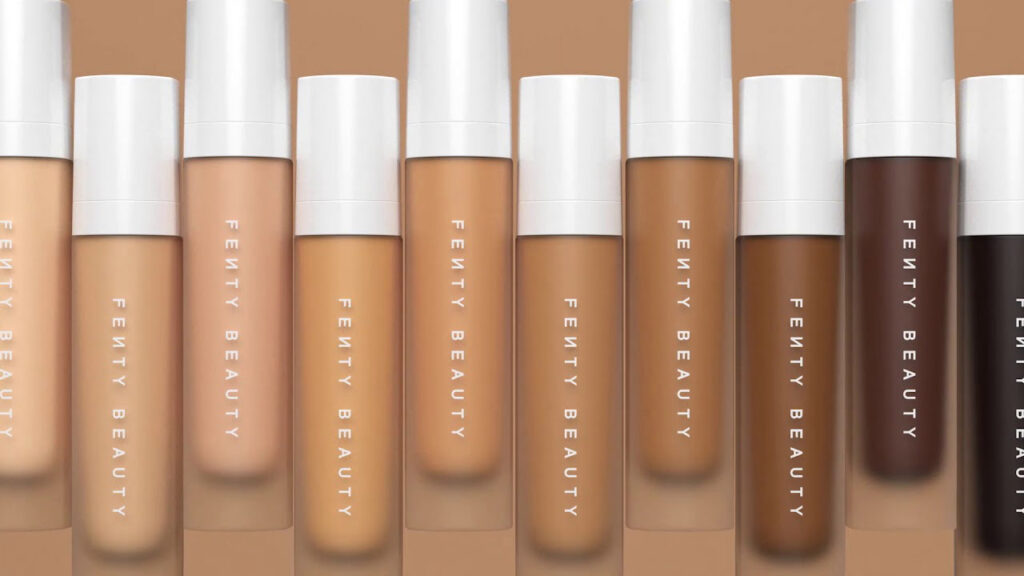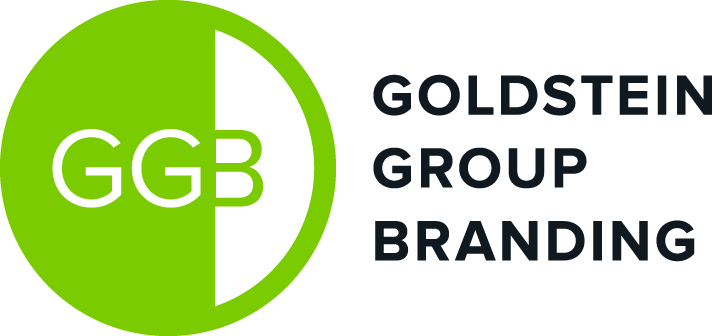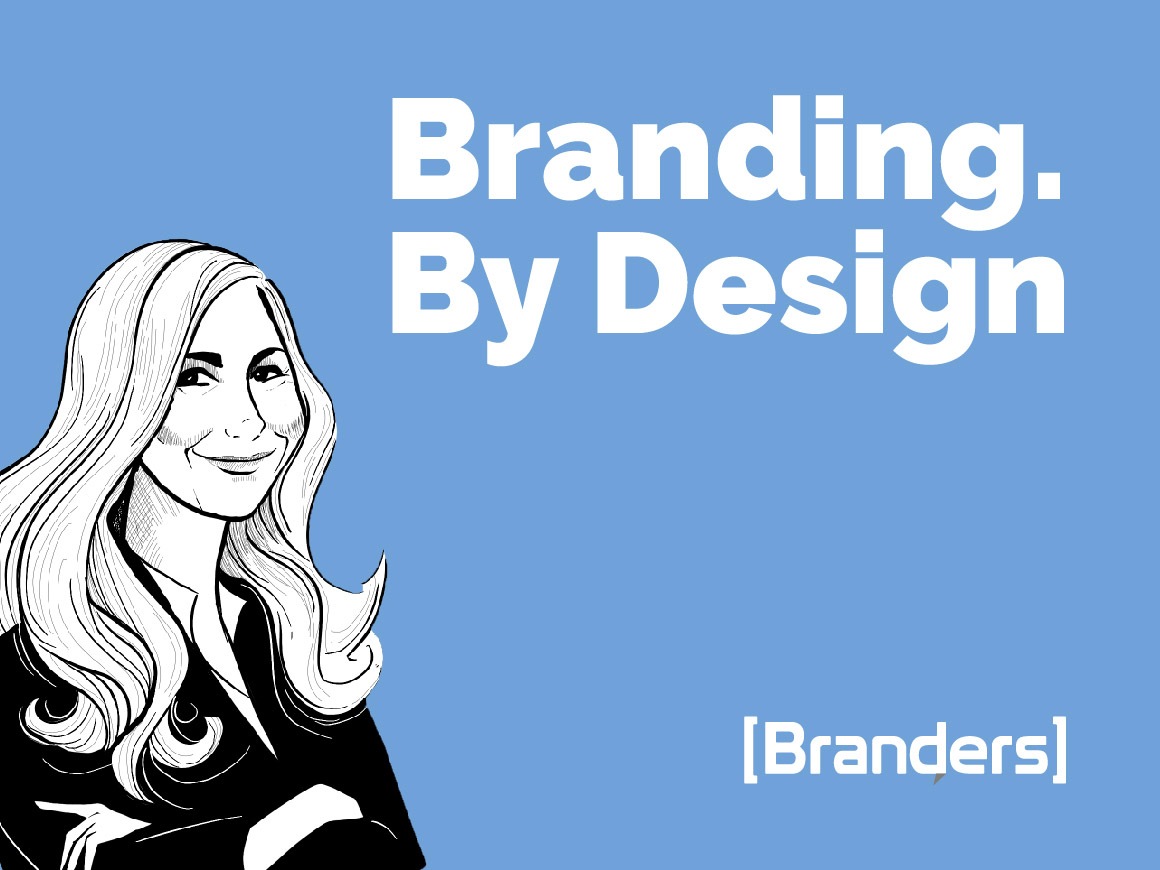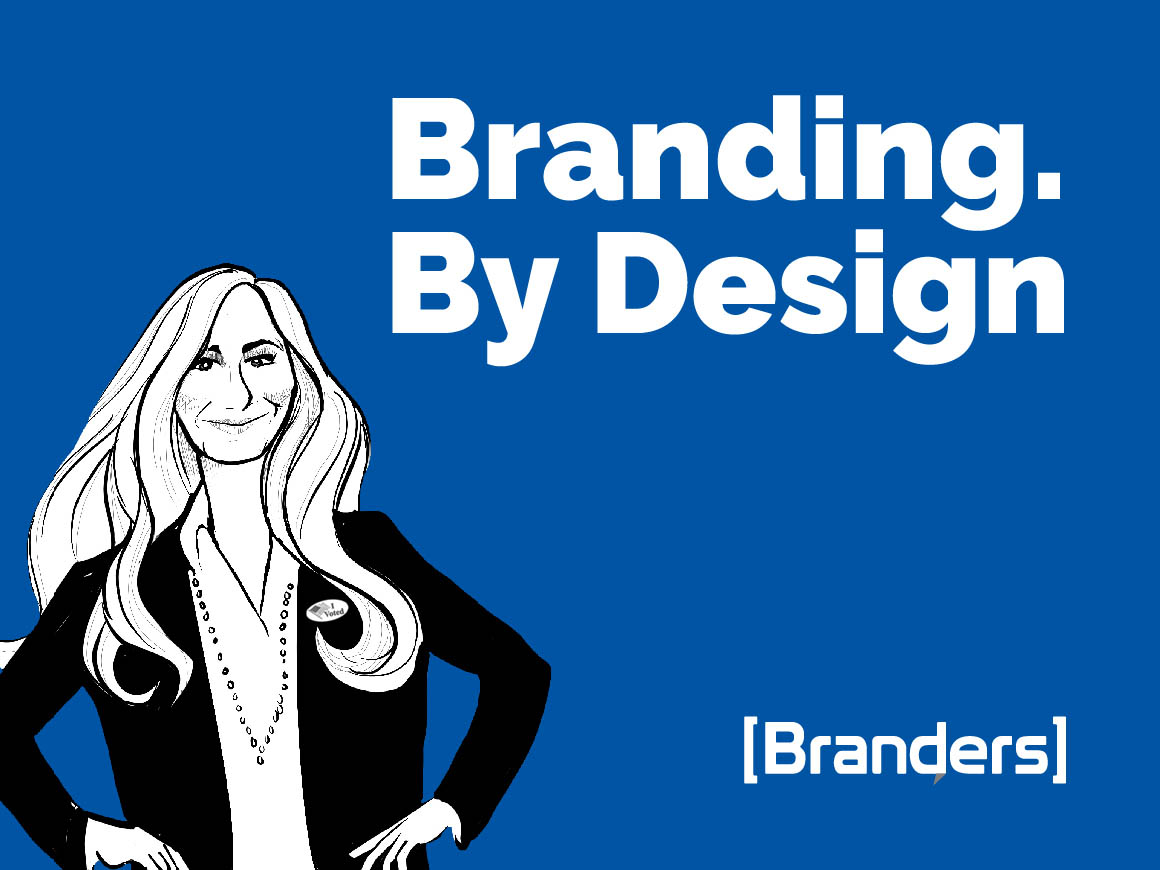In July of this year, Trader Joe’s announced it would be removing a slew of product names with racist connotations. An online petition claimed names like Trader José’s, Arabian Joe’s and Trader Ming’s perpetuate harmful stereotypes, prompting the company to respond.
Trader Joe’s, a masterclass in brand loyalty, is just one domino in a growing list of companies that are reevaluating their antiquated multicultural brand images. In June, Quaker Oats said they would retire the Aunt Jemima brand of syrup and pancake mixes after renewed scrutiny of her minstrel history.

“We recognize Aunt Jemima’s origins are based on a racial stereotype,” Kristin Kroepfl, vice president and chief marketing officer of Quaker Foods North America, said in a press release.
Aunt Jemima joins the graveyard of ill-conceived brands which will soon include the Washington Redskins, Uncle Ben’s and Land’O Lakes’ Indigenous woman. Each one represented harmful racial stereotypes and put a bad name to multicultural branding. So as we emerge from this national moment of reflection, how can branding change to avoid perpetuating racial inequalities while also speaking to an increasingly multicultural consumer market.
In the United States, Latinx, Asian and African Americans now represent almost half of the population and that share is only expected to grow. This represents new opportunities and pitfalls for brand marketers. According to a 2018 report by the University of Georgia, minority markets have close to four trillion dollars of buying power.
So, what differentiates the good from the bad when it comes to multicultural branding? Successful campaigns are genuine, focus on empowerment and avoid perpetuating racial clichés. Jessica Lane and Lori Hall, co-founded Pop’M Creative with a mission to help companies improve creativity while avoiding offending multicultural audiences. Lane told Adweek she “hopes to see more brands and agencies turn awareness into action.”
“Successful campaigns are genuine, focus on empowerment and avoid perpetuating racial clichés.”
Lane and Hall highlighted brands that are getting it right, like Sephora and their 15% pledge. After the idea skyrocketed on social media, Sephora was the first major brand to sign the pledge—growing their share of Black-owned brands and dedicating 15% of shelf-space to them. Artemis Patrick, chief merchandising officer of Sephora said, “It starts with a long-term plan diversifying our supply chain and building a system that creates a better platform for Black-owned brands to grow, while ensuring Black voices help shape our industry.”
Moves like these go beyond lip service and make an impact among consumers. Fenty Beauty, a Black-owned cosmetic lined carried by Sephora launched with inclusivity at the forefront. Featuring a diverse range of models, Fenty Beauty dominated headlines and sales when it was released in 2017. “Fenty Beauty was created for everyone: for women of all shades, personalities, attitudes, cultures, and races” the brand said following its launch. Within one month, Fenty Beauty’s sales were valued at $72 million—proving the power of diverse and inclusive branding.
Appealing to America’s multicultural market requires careful and thought-intensive branding, but it’s well worth the investment.
Originally published in Branders Magazine, September 2020




